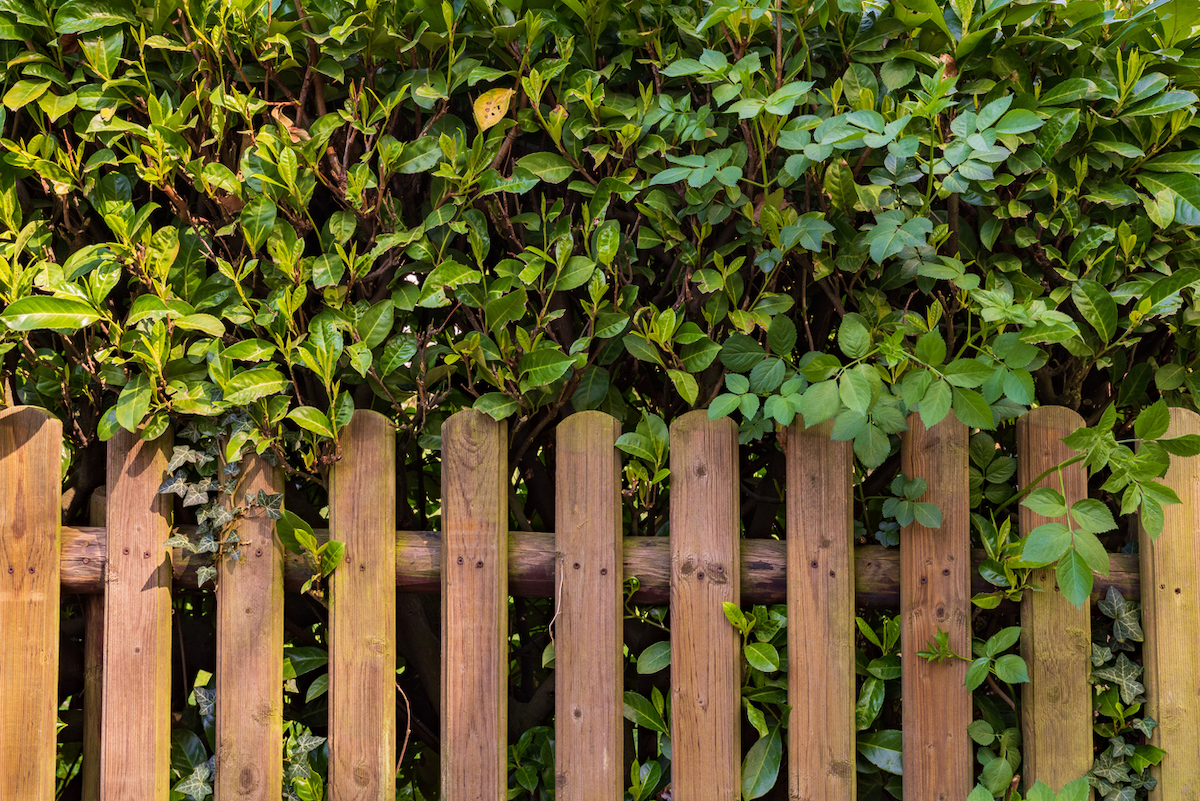We may earn revenue from the products available on this page and participate in affiliate programs. Learn More ›
A fence that keeps out nosy neighbors and possible intruders can also boost your home’s curb appeal without breaking the bank. While fencing materials such as vinyl ($15 to $65 per linear foot installed) and aluminum ($22 to $72 per linear foot installed) are decidedly pricey, you can often install a front yard or backyard fence at a lower cost, depending on the material you choose.
The following fencing options are relatively affordable, particularly when compared with the cost of vinyl and aluminum. Some of these options are purely utilitarian and others are decorative, but you’re sure to find a fence that suits your property and your budget.
1. Treated Pine
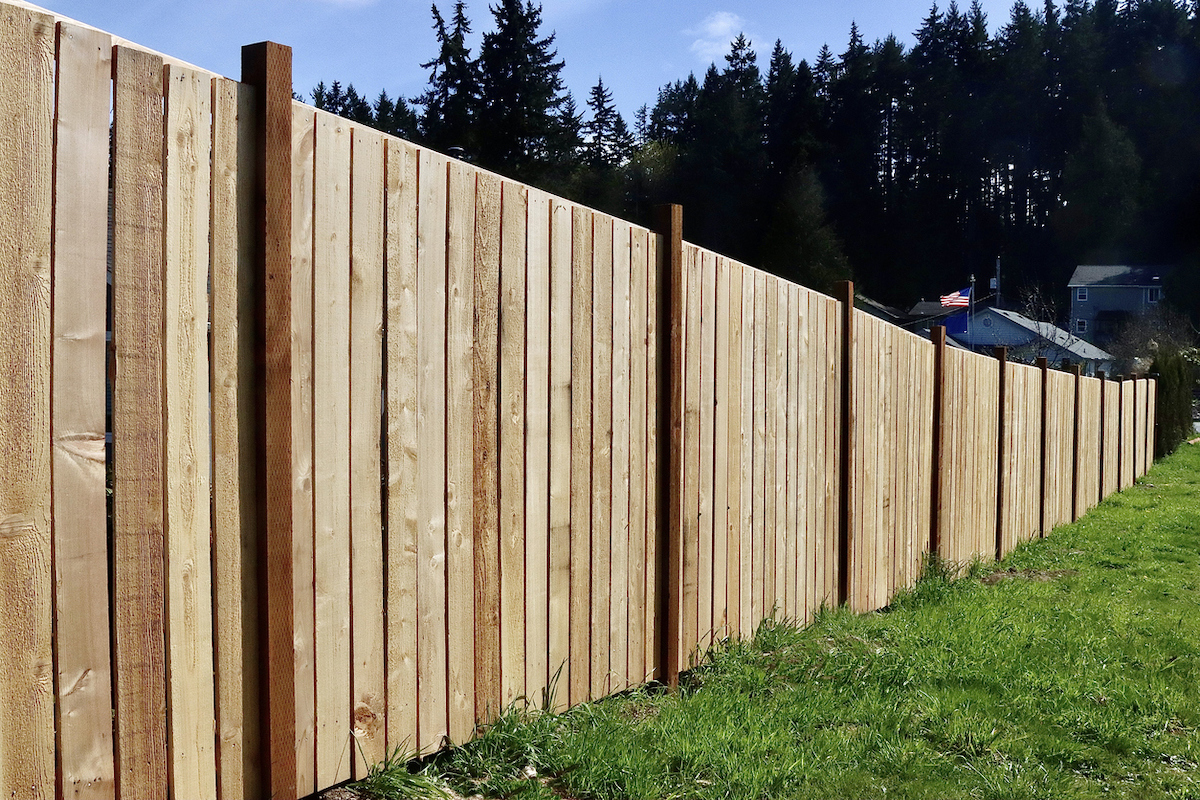
Pine wood panels that are chemically or pressure treated to resist rot and pests, installed in a non-breaking vertical or horizontal orientation, are available for far less than naturally rot-resistant lumbers such as cedar or redwood. The cost to install a treated pine fence ranges between $18.50 and $46.50 per linear foot.
Because treated wood tends to twist or warp after it’s installed, it’s a good idea to handpick fence panels from your lumberyard to ensure that they aren’t green or damp, which are signs that the wood will easily move out of place once it’s in the ground.
2. Chain Link
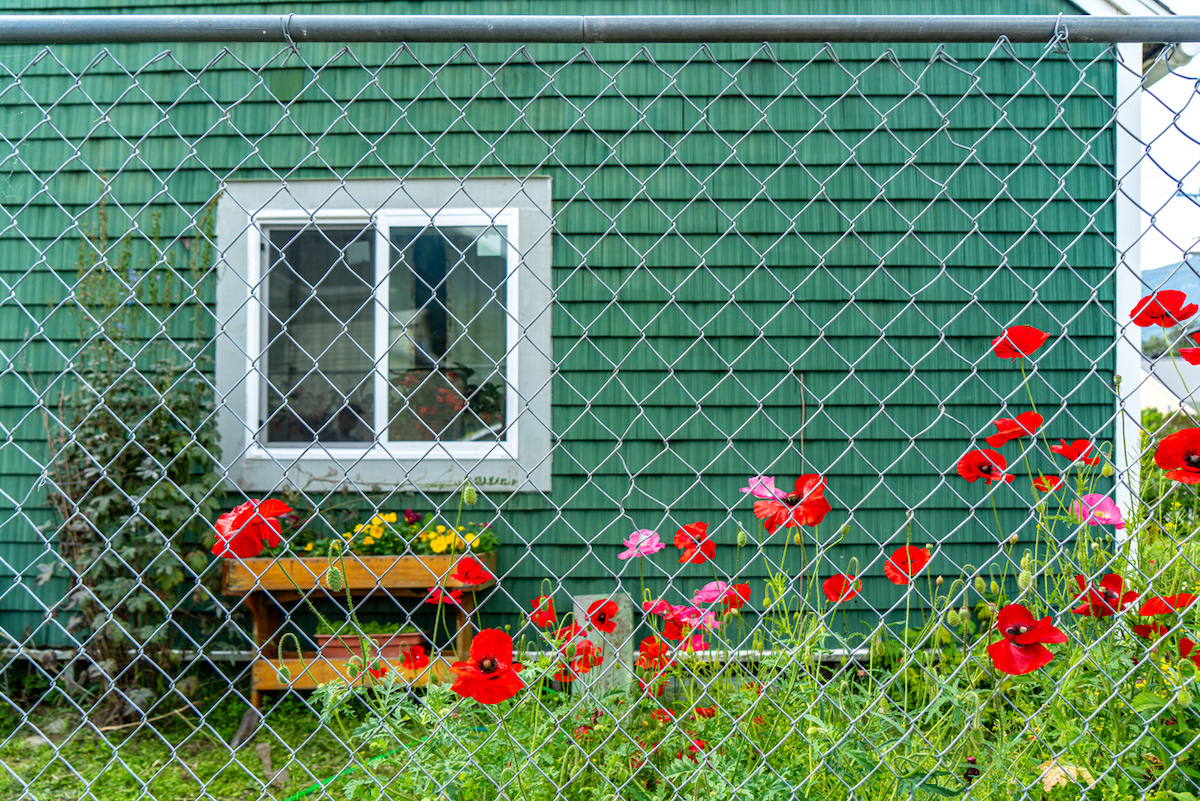
Chain link, comprising thick steel wires bent and hooked together, is often the best option for a small budget and a large yard. While the 2- to 3-inch spaces between the wires mean there’s much less privacy than you’d get with a solid fence, chain-link fences effectively keep pets in and intruders out. And at a cost of $15 to $30 per linear foot, it’s an affordable option.
While chain link isn’t especially attractive, you can make chain link look better by planting a fast-growing vine such as ivy directly behind it and letting it cover the fence. Painting it with an oil-based exterior paint in a pleasing neutral or earth tone, like forest green, can also transform the look of the chain link.
3. Full Trellis
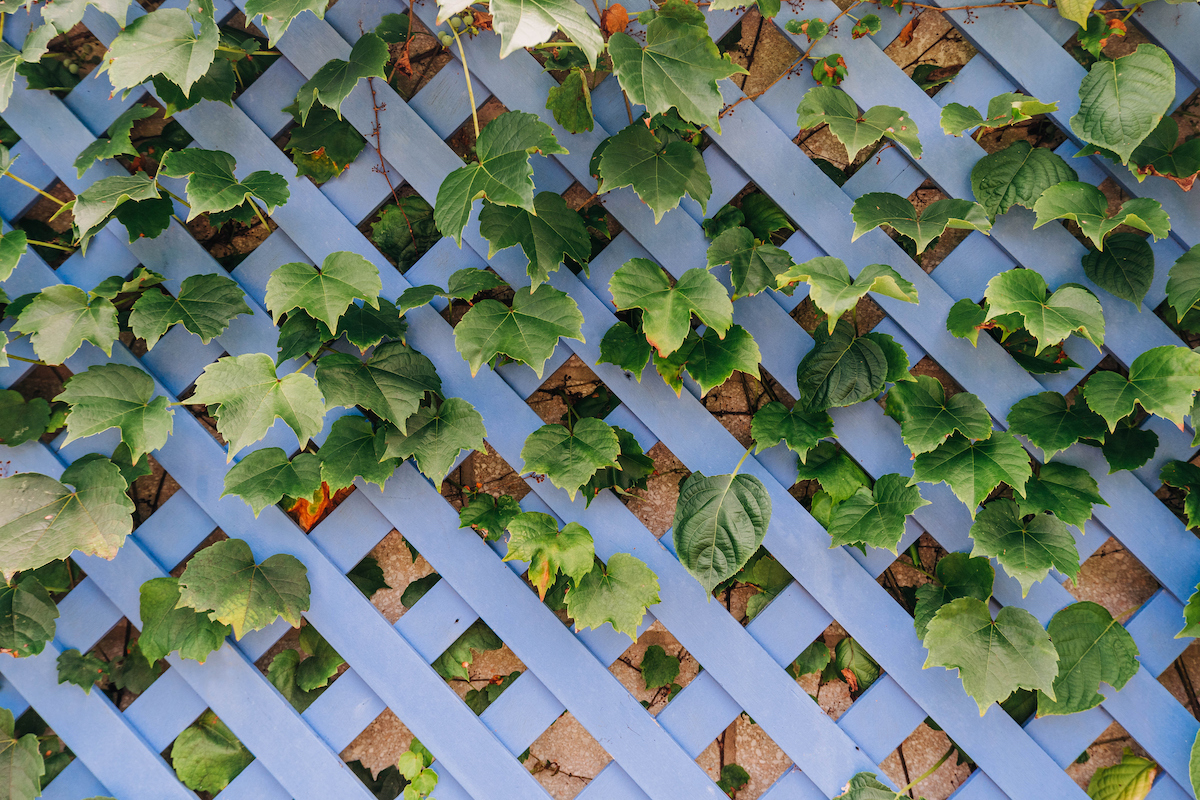
Using a trellis as the panels in a fence can create a charming backdrop for a yard. Whether painted bright white, stained and sealed a rich chocolate hue, or covered in vines from the garden, a trellis allows some light to filter through and creates interesting shadows in the yard. Price will vary based on the material and strength, although it’s common to spend between $400 and $2,400 depending on the size of the trellis and the material used.
Trellises—especially at the lower end—are not as sturdy as other fencing, so don’t expect them to contain dogs or keep predators out. They can, however, add visual appeal and privacy where you need it.
4. Barbed Wire
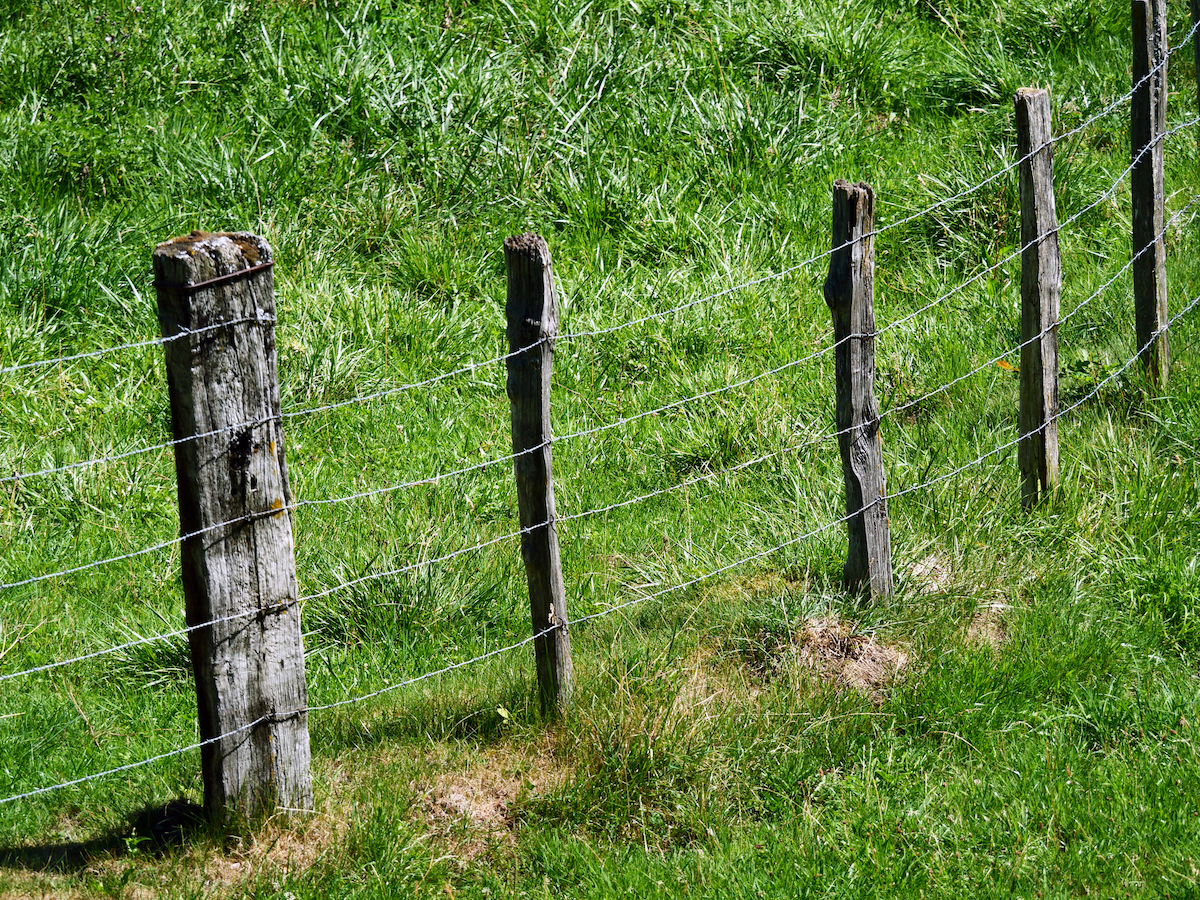
When you’ve got livestock to rein in and fierce roaming predators like wolves and coyotes to keep out, it’s hard to beat this low-cost option that comes in between $1 and $6 per linear foot. Three to five strands (tiers) of barbed wire are stretched horizontally between metal posts around the property line, with wood or metal posts installed at corners to hold the wire up. Note that barbed wire fences are only permitted in rural areas, so check the local codes before using this material.
5. Hog Wire
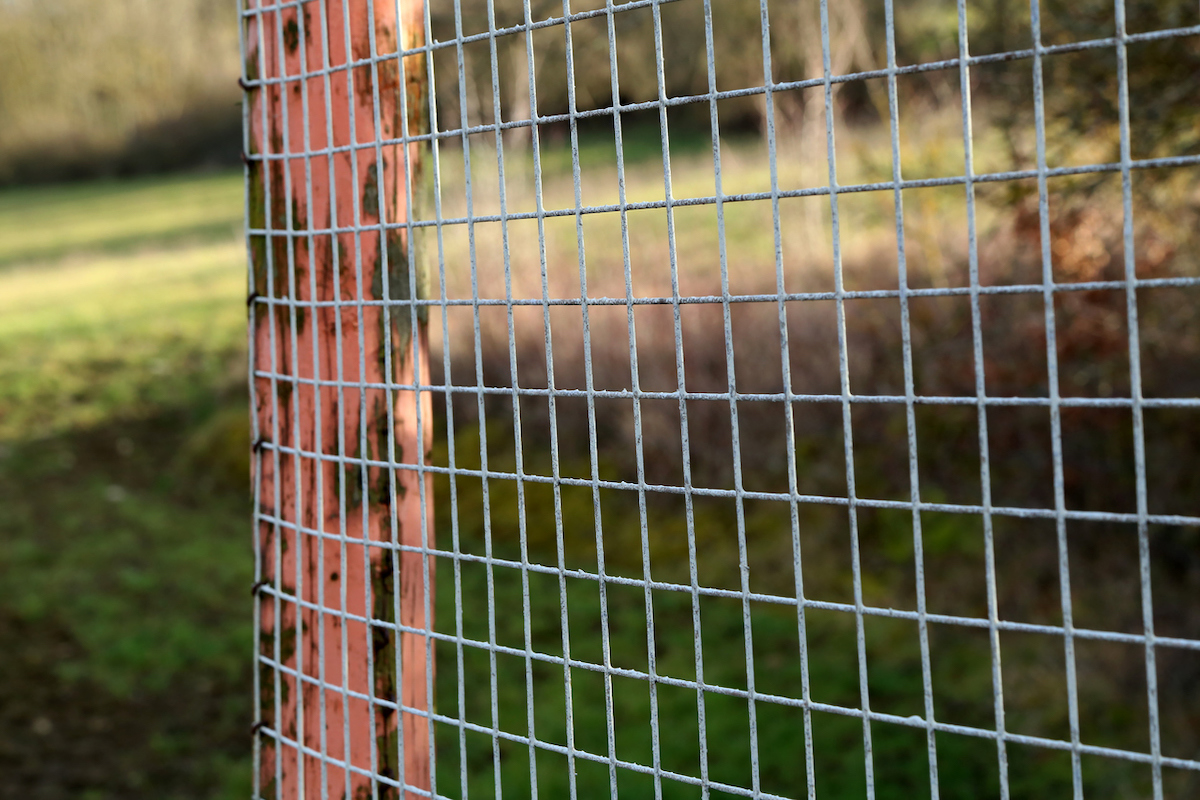
Budget-conscious homeowners may appreciate this material used to fence in small animals or mark property boundaries. Rigid metal wire is usually strung in a grid-like pattern over a series of large wooden frames; the minimal wood in the design may allow you to splurge on a high-end species like redwood for a more attractive look. You can plan on paying between $6.50 and $15.50 per linear foot to install this material.
6. Electric
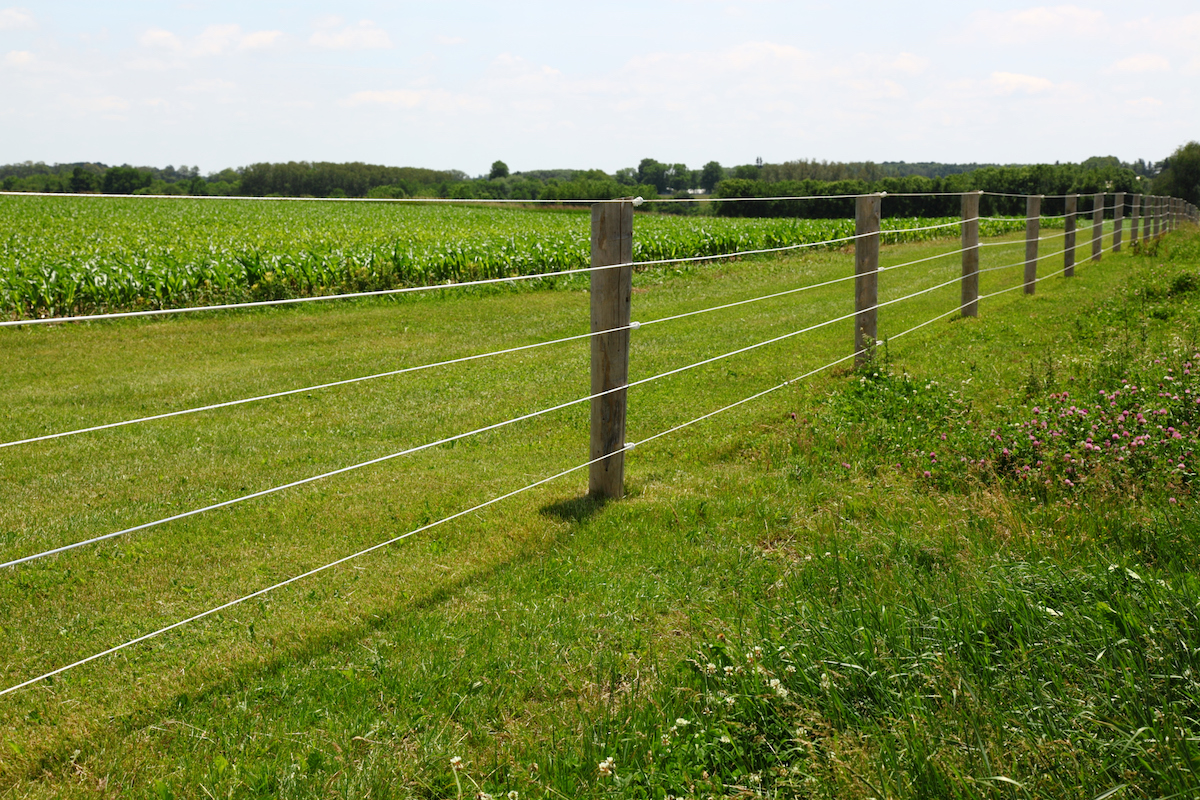
Electric fencing to deter animal and human intruders is popular with homeowners for its low cost and simple setup: a transmitter, receiver, and multiple wire strands strung between vertical wooden posts. These security fences deliver a high-voltage pulse when the wire is breached, so they are usually only allowed in rural areas and must be kept clear of roads and highways. Electric fencing averages $2.40 and $3.90 per linear foot installed.
7. Pallet

Want a wood fence but don’t want to pay for it? DIY a fence from pallets you can pick up for free at nurseries, construction sites, and other venues. Pallets can be installed either vertically or horizontally between vertical pallet posts, either with or without space between. While the pallets can be free, keep in mind there are costs associated with fasteners and other installation supplies.
Make sure any pallets you score bear the International Plant Protection Convention (IPPC) logo, which certifies they were heat-treated or fumigated to prevent the spread of insects or plant diseases. Also know that pallets can contain splinters and nails; be sure to handle them with care.
8. Split Rail
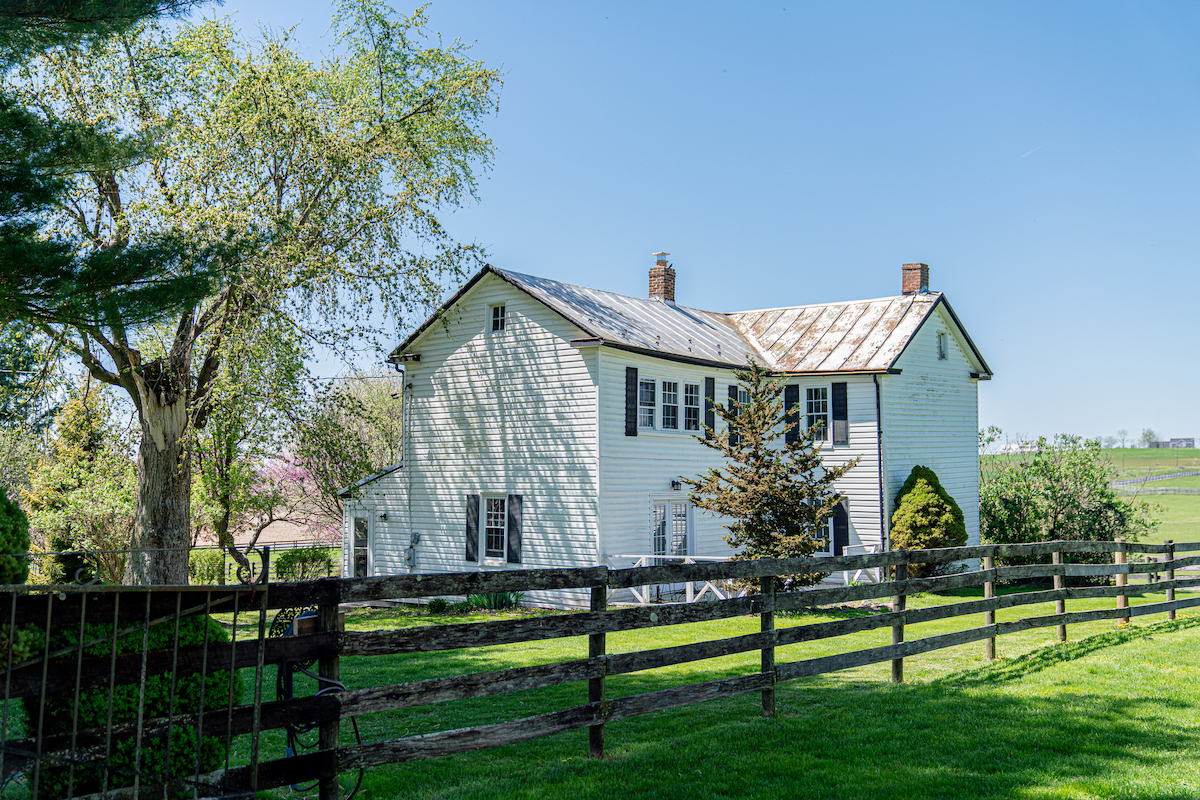
Traditionally used on farms and ranches to corral animals or mark property boundaries, the split-rail fence has made the leap to ranch and Southwestern-style homes and beyond. Timber logs, usually cedar or chestnut, are split lengthwise into “rails” and then stacked horizontally between short or tall vertically oriented posts. Because there are 8 to 10 inches of space between individual rails, this fencing uses less material than solid varieties and costs considerably less at $15 to $25 per linear foot.
9. Picket
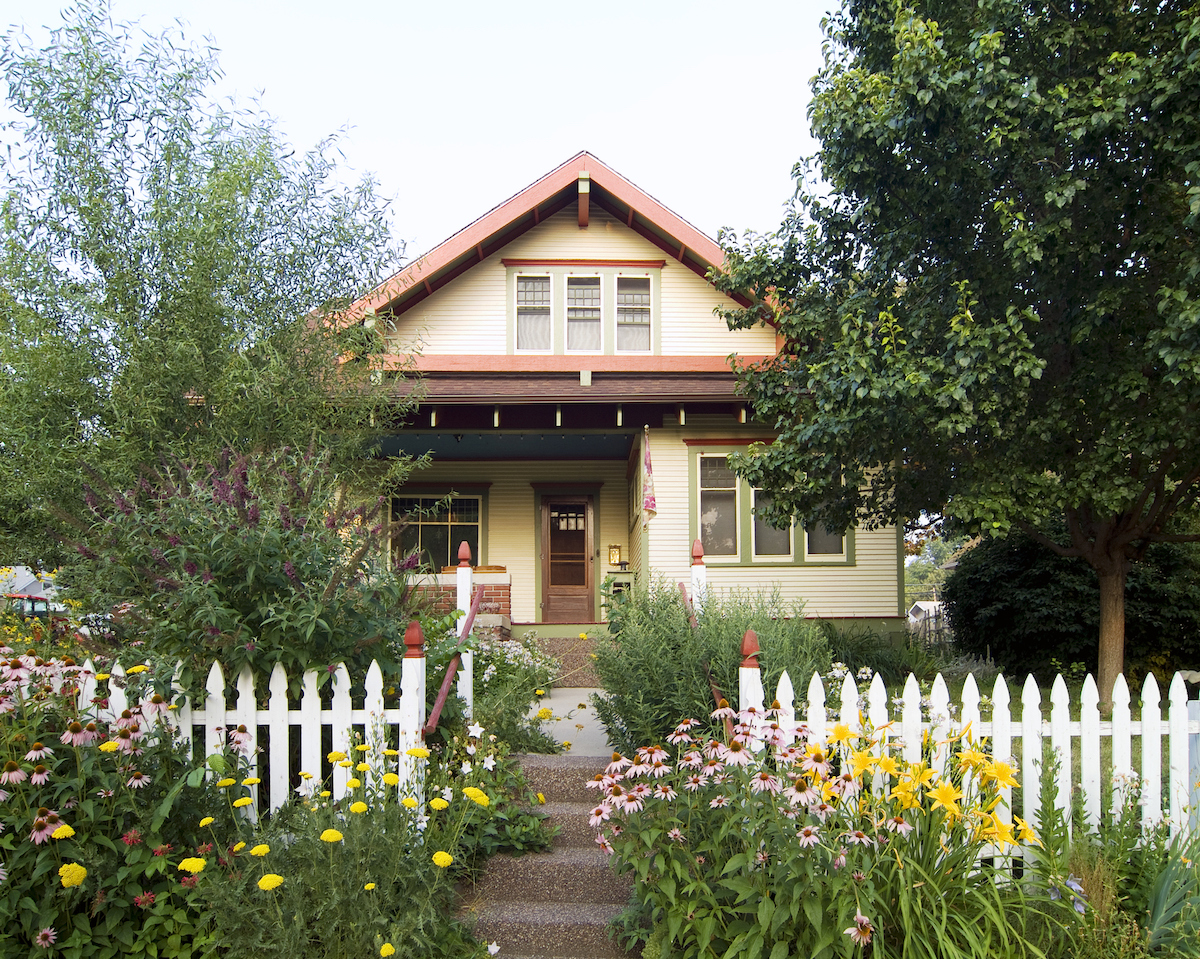
An enduring symbol of the American Dream, the picket fence is also among the best affordable fence ideas for bringing privacy to the yard, thanks to vertical fence pickets spaced 1 to 3 inches apart that are attached to top and bottom horizontal rails. Because picket fences are available in a range of decorative picket styles, including pointed and round, the price can range from $10 to $75 per linear foot based on the style chosen. Choosing the most appropriate picket style can boost the curb appeal of a Colonial, Craftsman, Cape Cod, or Georgian home.
10. Dog Ear
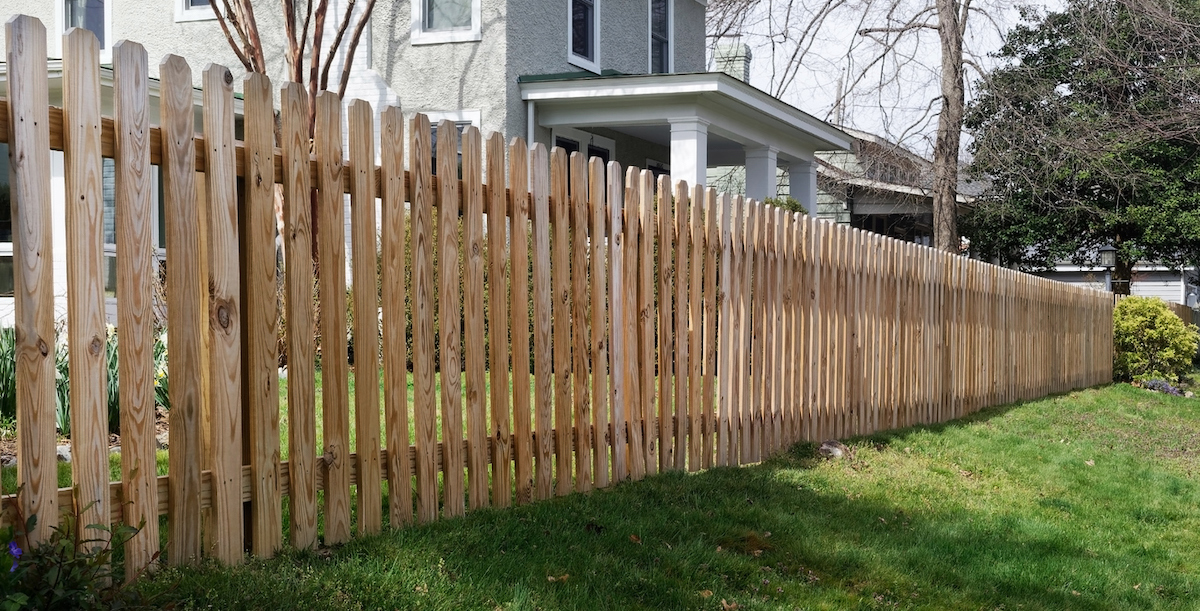
In this modern twist on the picket fence, ideal for Colonial Revival homes, the top of each individual section of fencing takes an inverted curve shape. The fence panels in a dog-ear fence may all be of shorter lengths than the fence posts, adding more visual variety. But since more complex wood cuts are needed to achieve fence panels of different heights, this fence comes with a higher price than traditional pickets at a cost of $18 to $35 per linear foot.
11. Lattice Top
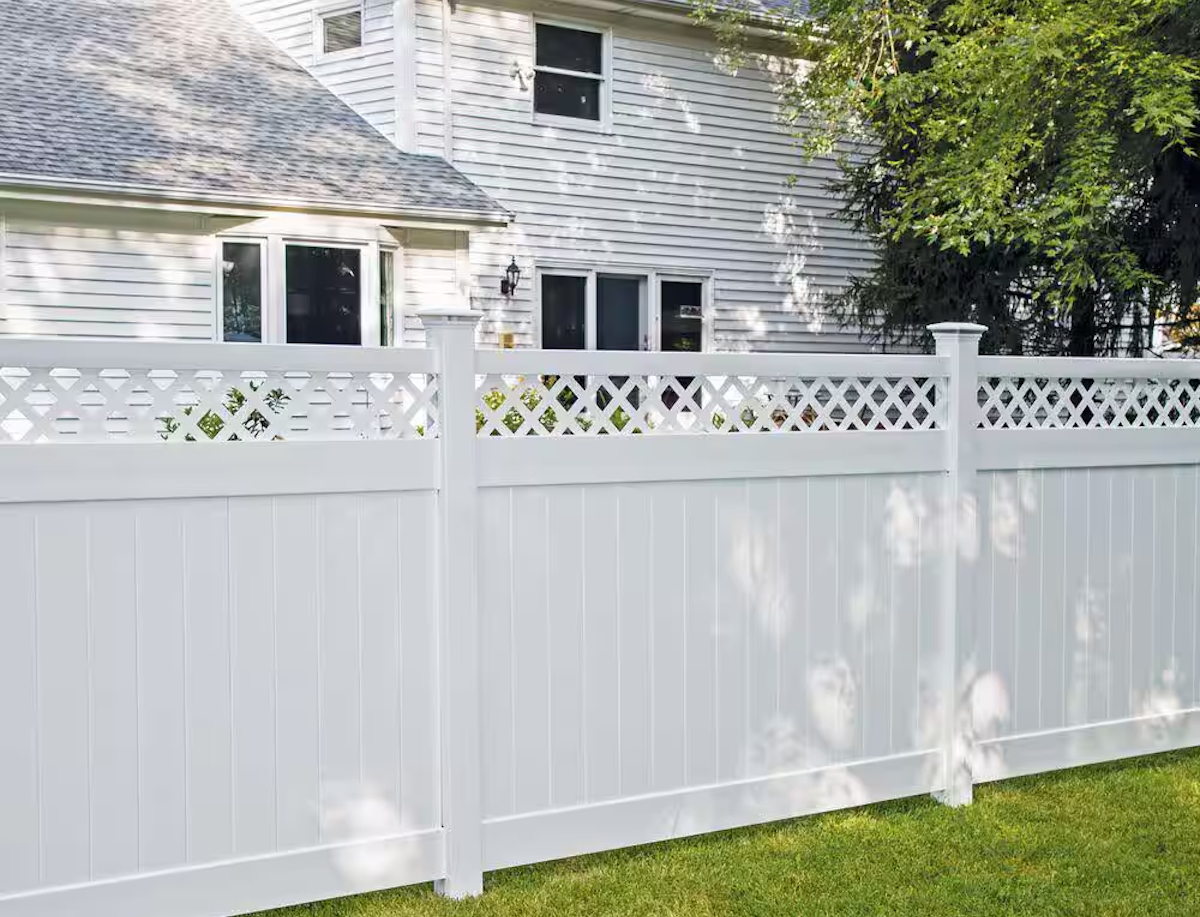
This unexpected tweak on a solid wood fence is well suited for Queen Anne or Country French homes. A frame of thin slats, made of wood or metal in a crisscross pattern, is installed on top of a shorter, solid wood fence to let in sunlight and maintain a view to the outdoors while preventing unwanted attention from passersby. Even better? The lattice doubles as a trellis for nearby climbing vines. While the price varies widely based on the materials used, you can expect to pay between $15 and $39 per linear foot for a lattice top.
12. Privet
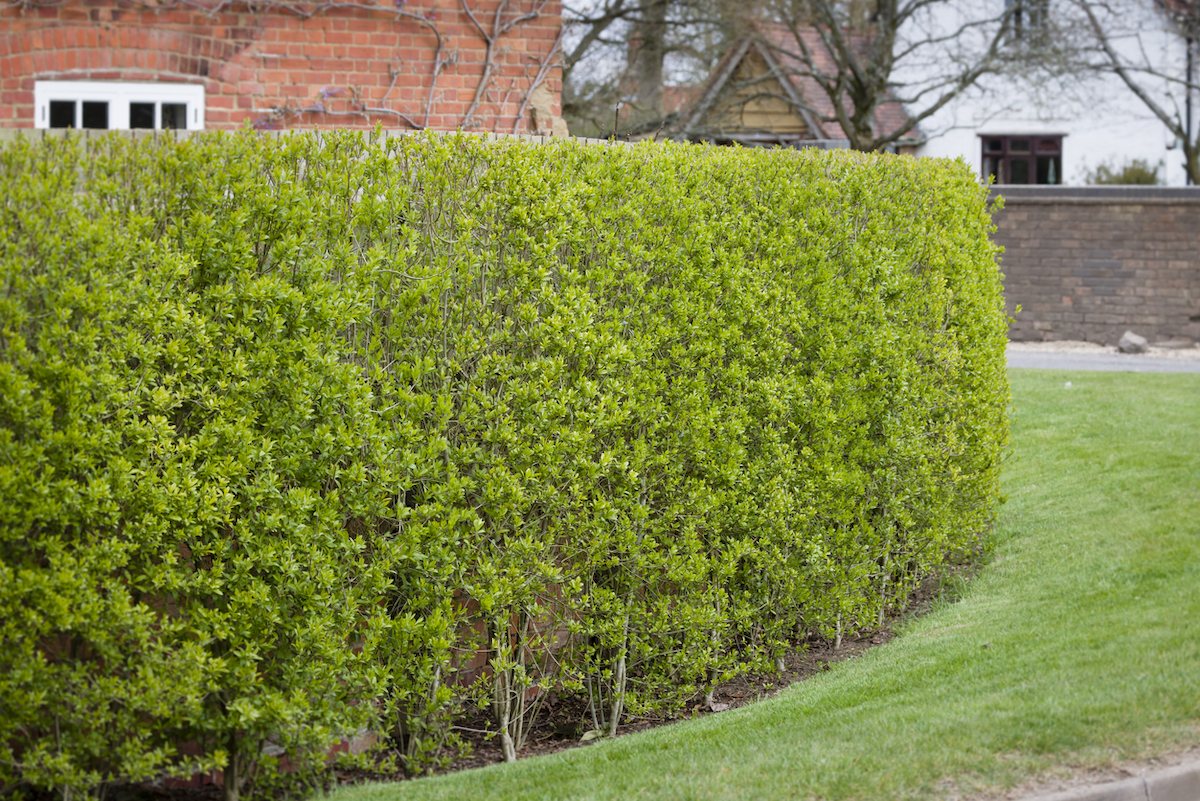
Green thumbs appreciate living privacy “fences,” which are most commonly made of privet hedges. Depending on the privet species (there are more than 50), the semi-evergreen shrubs grow tall, and they can reach from 4 to 10 feet or more. These shrubs can be planted around the entire yard or only a small expanse, and then pruned and sculpted to suit your taste. While pricing varies widely based on the species chosen and the size of the container planted, you can expect to pay between $20 and $32 for bushes between 1 and 3 feet tall.
13. Spotted Laurel
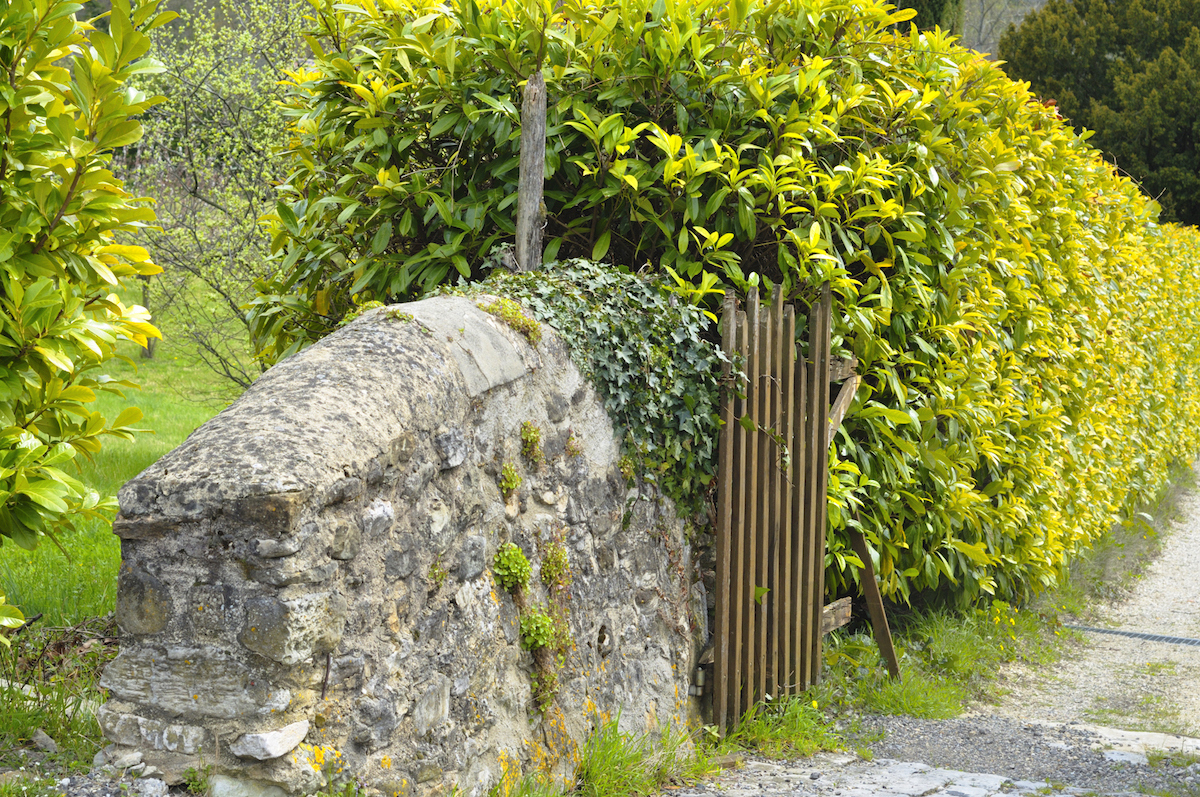
These hardy, bushy plants with green leaves and yellow or brown markings can survive air pollution and salt-bearing winds alike, so they are popular in places with suboptimal air quality, as well as near the coast. Also known as Aucuba japonica, laurels reach 6 to 10 feet tall at maturity, which is ideal for backyard privacy with a burst of color. Prices range considerably for laurel bushes based on the variety chosen and the size of the container, but you can expect to spend about $40 for each 2.25-gallon container.
14. Bamboo
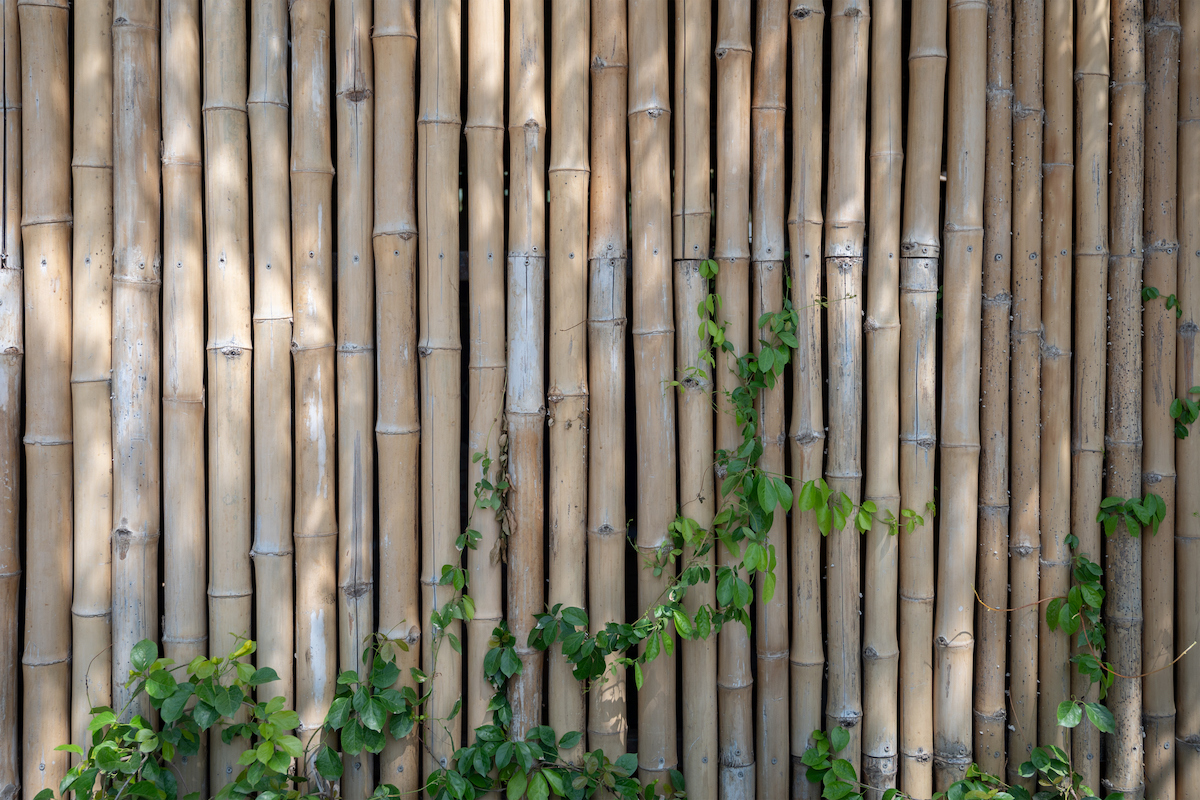
These tall and striking plants in the grass family around the perimeter of your property look great with Tropical Modern or California Bungalow homes. Bamboo reaches 10 to 50 feet or higher to boost outdoor shade and comfort. Keep in mind that the invasive “running” variety of bamboo spreads fast and far, potentially overtaking the land, so stick to the clumping variety that grows in small mounds. You can expect to pay between $12 and $23 per linear foot for a fence made of bamboo. Bamboo repels deer, so your new fence won’t be food for four-legged neighbors!
15. Yew
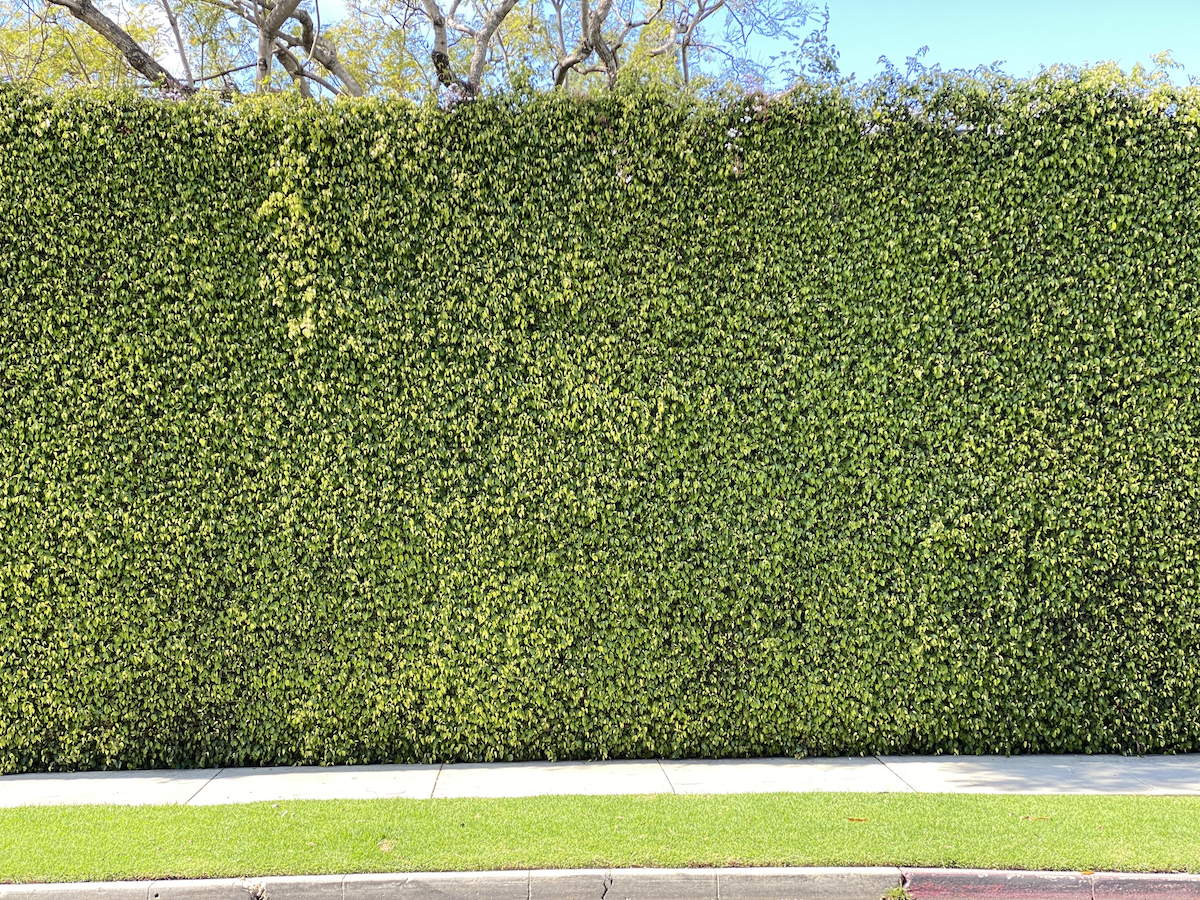
This dense, dark, hardy evergreen is a smart choice for a living fence in cloudy and sunny climates alike. Yew grows slowly, however, usually taking years to reach a mature hedge height of from 4 to 20 feet or taller, depending on the variety. While costs vary based on the size of the plant and the variety of yew, you can find 1.5-gallon containers for around $30.
16. Corrugated Metal
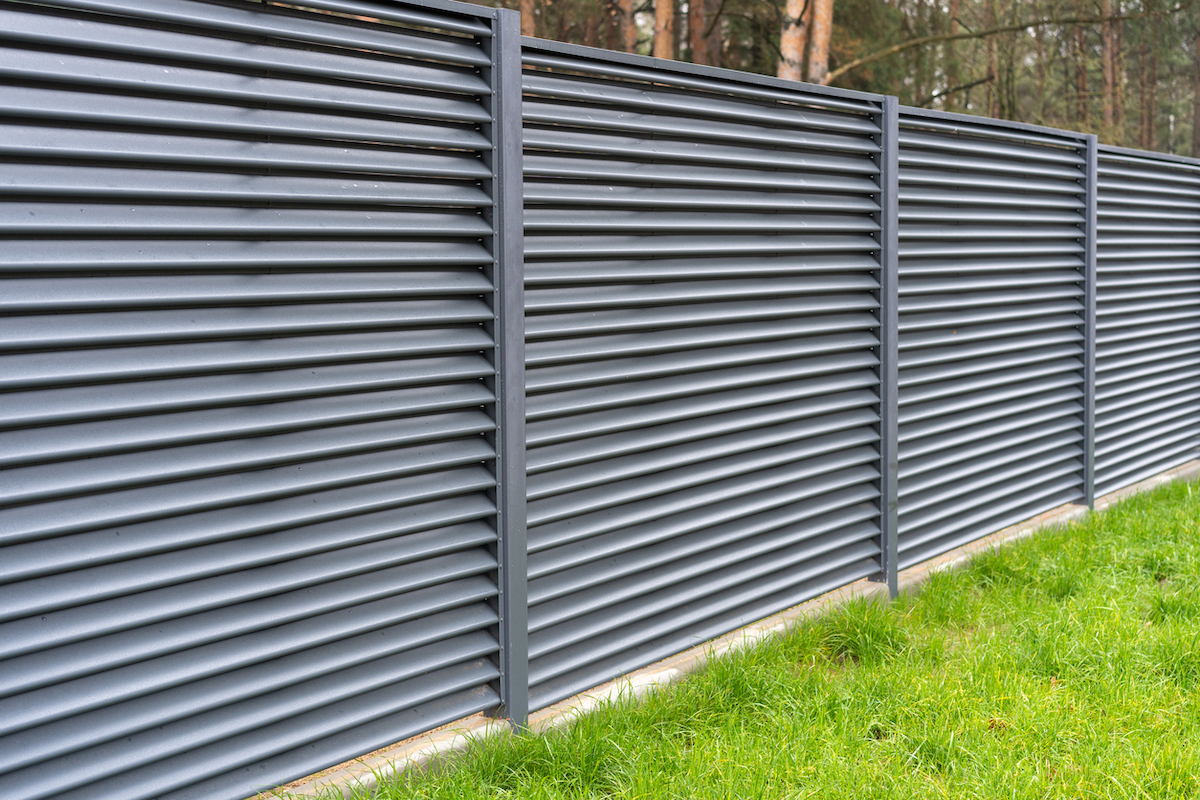
If total privacy is the goal, and the design style is industrial, then a corrugated metal fence may be the ideal fencing for your yard. Galvanized sheets of corrugated metal are lighter in weight per square foot than many other fence materials, and the material can resist mold and rust. Some DIYers even choose to upcycle old metal, making the cost even less, although it’s common for prices to start at about $17 per linear foot.
17. Potted Plants
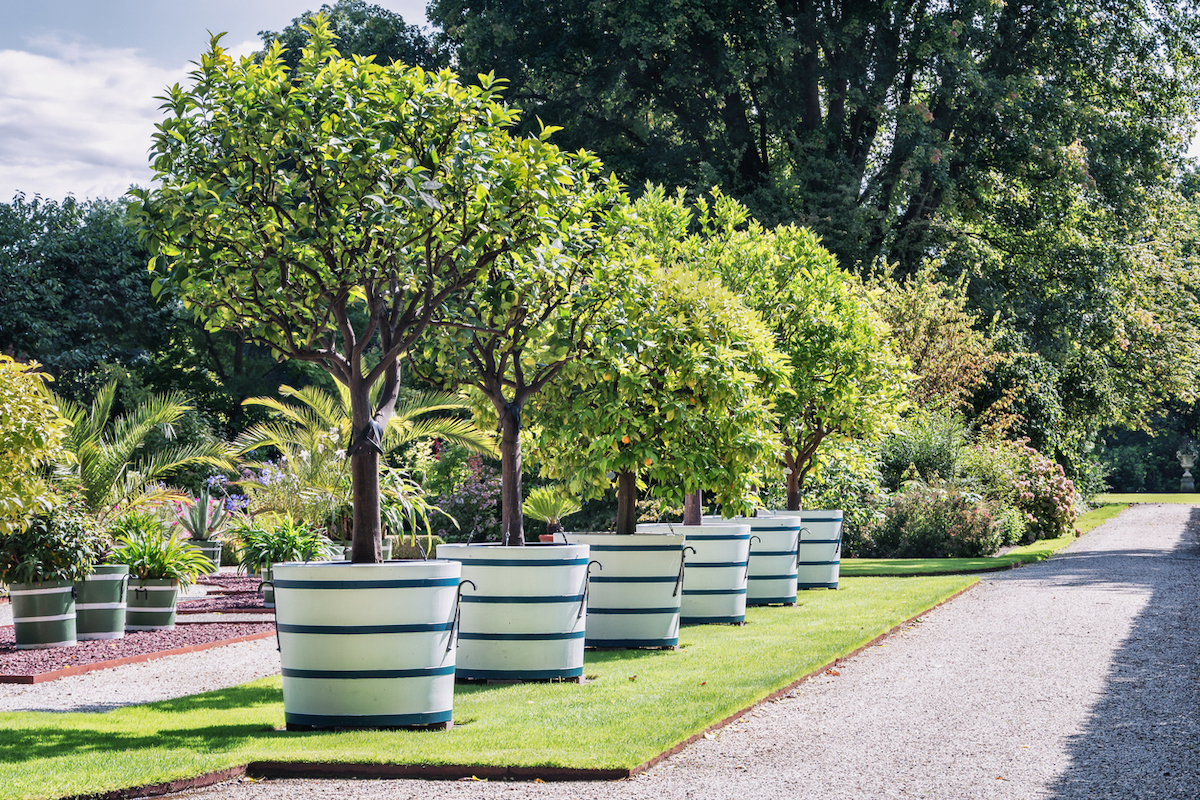
For those who don’t need privacy or a secure perimeter to contain pets or little ones, a row of potted plants or potted trees can make a visually striking and interesting border to a yard. While the plantings can be anything that enjoys the local climate, inexpensive options for pots can include simple DIY-made boxes, upcycled shipping pallets, or crates. Pricing is as varied as the plants and materials chosen, but $25 per linear foot is a good starting point.
18. Garden Wall
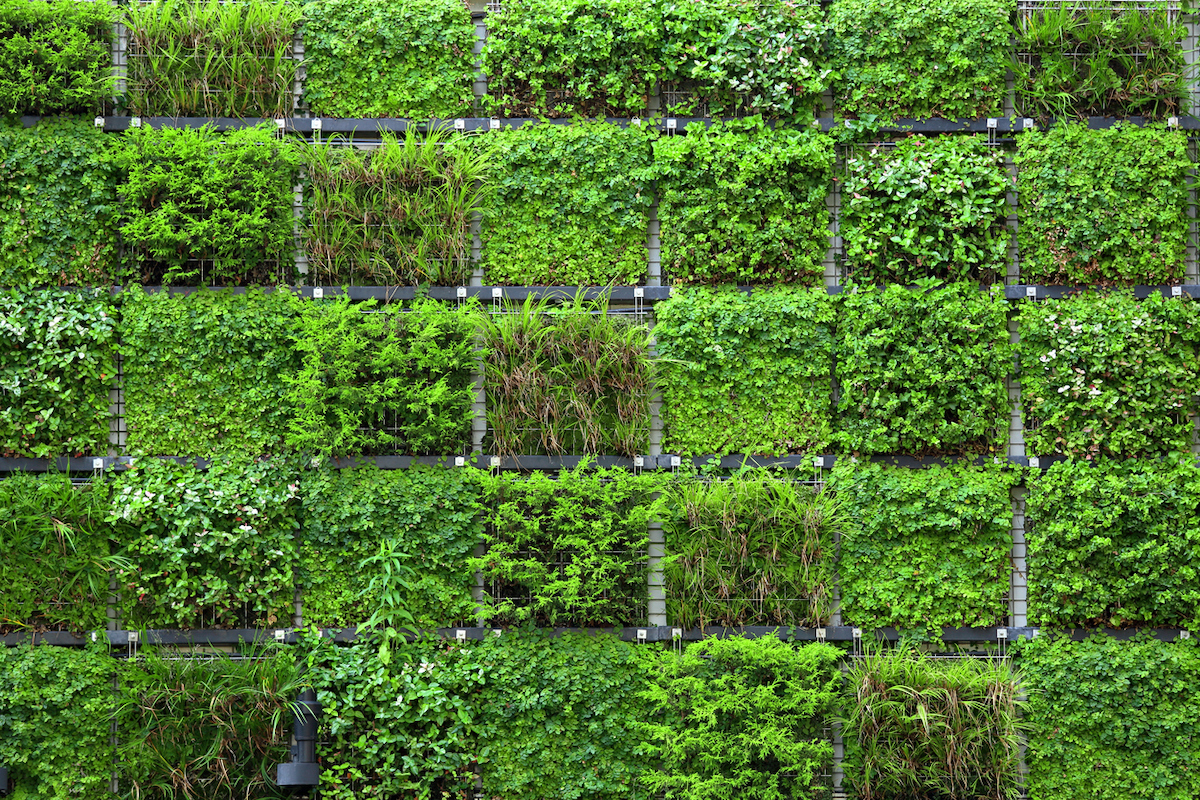
Consider growing a garden wall. Instead of the traditional hedge, you can create a functional vine-filled vegetable garden of cucumbers, pole beans, or pumpkin. Vertical gardens are popular because you can grow plants up instead of out, saving space and water if they’re designed well. The garden’s bounty can provide some extra privacy to a hog wire, lattice, or chain-link fence and make a delicious addition to the dinner table, too. The cost of building a garden wall will vary widely depending on the plants included, but it’s not uncommon to spend around $15 per linear foot.
Prices are based on current national estimates from HomeAdvisor, Angi (1, 2, 3, 4, 5, 6), Fixr, Fence Gnome, and pricing from The Home Depot as of May 7, 2024.

